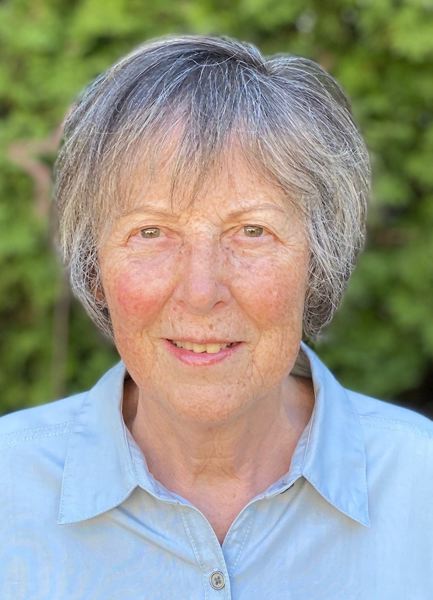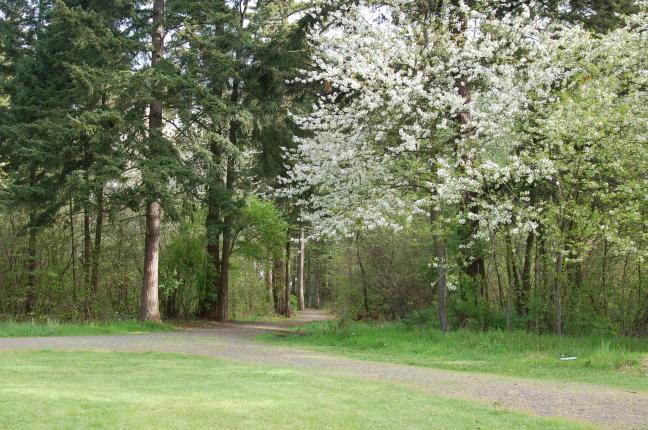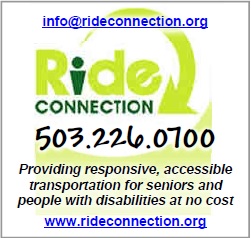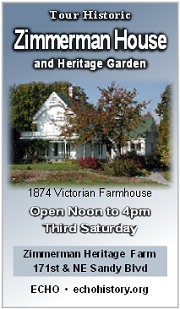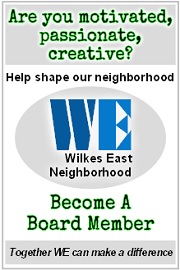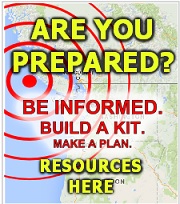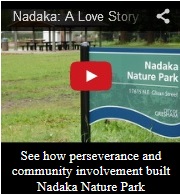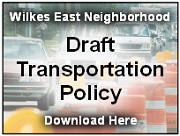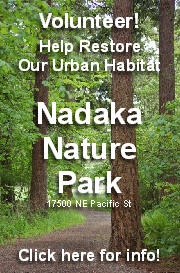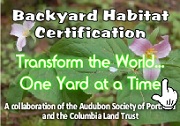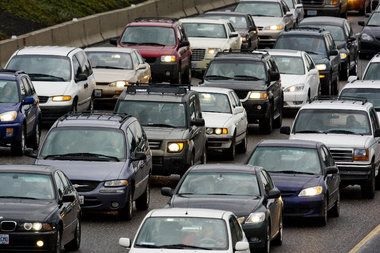
|
Metro's proposed Clackamas to Columbia River connector will impact school zones and pedestrian traffic on Northeast 181st Avenue |
By Mike Elston, President
North Gresham Neighborhood Association
As President of the North Gresham Neighborhood Association, I'm informed about development plans that impact our neighborhood. Recently I became aware of a Metro proposal that'll increase traffic from Clackamas to the Columbia River ("C2C"), largely by routing it down Northeast 181st /182nd. Although the scheme has apparently been in development for years, Metro and the city of Gresham are only now involving North Gresham citizens — at a point where it's nearly a done-deal.
We have a number of concerns about C2C we feel aren't being heard by Metro. We strongly believe this will have the effect of transforming 181st /182nd into another 82nd Avenue. It will certainly increase traffic, which is already a nightmare during rush hour. That, in turn, will negatively impact the three schools along its proposed route as well as pedestrian access to the MAX and to our area's one grocery store.
We're at a loss to understand how this benefits North Gresham (and maybe that's why we weren't informed about the plan until it was too late to have much impact). Metro claims it'll provide jobs, but they're temporary employment during construction and not permanent.
In our view, this only benefits the higher-income residents of Happy Valley at the expense of Gresham's north-end, lower-income neighborhoods.
Funding for the C2C would be provided by the passage of Metro bond measure M 26-218 in November, and our only chance to delay C2C and permit more time for citizen feedback is for the measure to fail.
We therefore, ask for your help. Join us in voting NO on Measure 26-218, November 3, 2020.
Learn More
Link to the September 10, 2020 “Open house” recorded meeting via Zoom:
https://openhouse.jla.us.com/files/clackamasconnections/gmt20200911-010420-c2c-listen-1920x1080.mp4?166f9c500f
Presentation of slides:
https://openhouse.jla.us.com/files/clackamasconnections/c2c-planpresentation-final.pdf?20acff122f
It would appear some initial road construction has already started in Clackamas County (172nd/190th connection), as well as nearby at NE 181st and Glisan (Tree removal and road widening).


